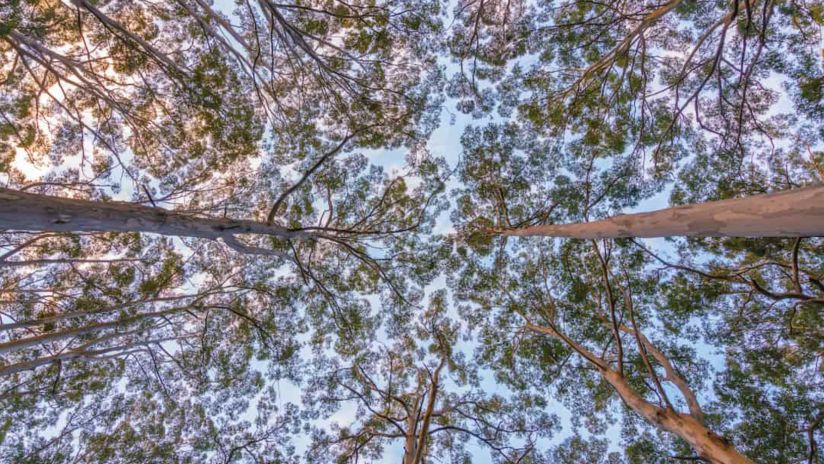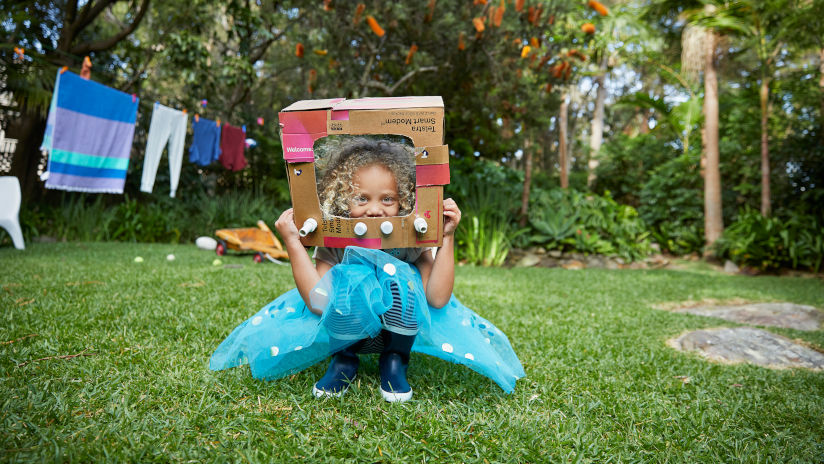E-I-E-I-O: Why we’re creating a forest using experimental tech

From deforestation to reforestation
It’s estimated that millions of hectares per year are cleared as part of deforestation and land clearing activities. These trees are vital to arresting and reversing the alarming effects of climate change, along with healthy oceans, reefs and skies.
As we confront the devastating consequences of climate change already being seen, it’s critical that business works to throw the switch into reverse.
Reforestation is a way we can combat this, and planting trees helps to both remove greenhouse gas emissions from the atmosphere and increase biodiversity.
Starting soon, we’ll be reforesting 240 hectares of land we have acquired at Yarrowyck in northern New South Wales.
The plan is to plant 158,000 native trees and shrubs, which is expected to store around 160,000 tonnes of carbon dioxide over the next 25 years. Moreover, it will also serve as an important wildlife corridor between the Gwydir River and the Northern Tablelands.
It’s a first for any Aussie telco, and as one of the largest energy users in the nation, it’s our responsibility and ambition to take drastic action on climate change.
This pilot project will trial new technology that could help other companies get involved in the Australian carbon market. Drones, sensors, robotics, AI, you name it.
Smart action, fast action
Of course, we’re going to need to work smart to plant 240 hectares of flora. To do this we’ll use a mix of our own technology and best-in-class gear to get the job done.
For example, to get planting done faster, we’ll use specialised drones to drop seeds on the hilly areas of land that are hard to access.
In addition to the drone seed-planting, we’ll use our tried and tested sensor tech on the nation’s largest Internet of Things narrowband network to make sure our trees and shrubs grow up big and strong.
Using remote sensors, we’ll be able to monitor the tree farm in close detail. We’ll track weather and atmospheric conditions; and we’ll be able to monitor tree health remotely, and calculate the carbon stored.
And we’re exploring the use of a probiotic fertiliser produced by maggots to avoid methane emissions otherwise arising from food waste decay.
We’ll also be investigating robotics and artificial intelligence trials to manage pests and weeds to see if these techniques can further benefit our friends in the agri-business sector.
Staying the course
Telstra is committed to reducing our emissions first and foremost and to continue leading the way on climate action for our sector and the nation.
That’s why we’re investing in more than just reforestation: we also have investments in renewable energy with the goal to equal our power needs by 2025, while simultaneously reducing our absolute scope 1, 2 and 3 emissions by half by 2030.
As part of our commitment to maintaining carbon neutrality, we’ve been sourcing our carbon credits from all over the world to help offset our network activity.
We currently purchase around 2 million carbon credits annually from projects that seek to avoid, reduce or remove greenhouse gas emissions.
These credits help offset the sizeable energy it takes to power Australia’s largest and fastest network and help us stay carbon neutral.
Getting you involved
We’re excited to get started on planting our tree farm, and wanted to get you involved.
So, you can be a green-thumbed drone pilot too, we’ve got a new game called Plant the Future.
Fly a drone and see how many trees you can plant before the time runs out!


